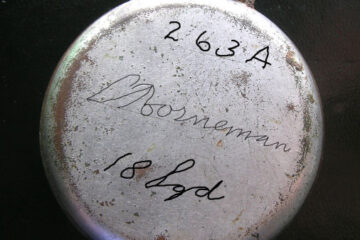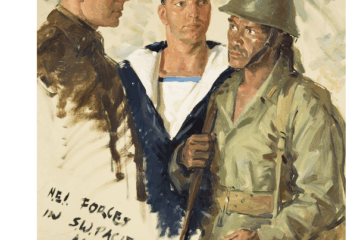
For his extraordinary courage and perseverance, Kokkelink was knighted at Camp Columbia in Brisbane on April 12, 1945. His commendation highlighted his decisive actions, perseverance, and skill during the Japanese occupation, emphasising the “indescribable difficulties and hardships” he faced.
Mauritz Christiaan Kokkelink, born on June 17, 1913, at the military fort Willem I in Ambarawa, Netherlands East Indies, left an indelible mark on history through his remarkable service as a Dutch sergeant and temporary militia adjutant-non-commissioned officer of the Royal Netherlands East Indies Army (KNIL). He was also honoured as a knight in the prestigious Military Order of William (MOW – MWO in Dutch).
Kokkelink’s journey began on March 26, 1931, when he joined the KNIL as a fusilier in Tjimahi. His dedication led him to become a temporary militia adjutant non-commissioned officer instructor, and by July 20, 1950, he was honorably discharged from the military service of the KNIL.
Notably, Kokkelink was part of the only Dutch group that never surrendered during World War II. When the Japanese invaded the coast of New Guinea, Kokkelink, along with Commander J.B.H. Willemsz Geeroms and 62 men, retreated into the jungle. Despite the harsh conditions, they engaged in a guerrilla war against the Japanese, showing extraordinary resilience.
Their journey through uninhabited areas, over high mountain passes, and frozen rivers was grueling. Starvation became so severe that they resorted to licking off crusts of dirt formed from sweat for salt. The group, facing constant danger, continued to fight the enemy, raiding Japanese posts, and stealing essential supplies.
Tragedy struck on April 18, 1944, when the Japanese raided their bivouac. Kokkelink and a few others were on patrol, and despite four members managing to escape, the rest were killed or murdered. Willemsz Geeroms, after torture, was forced to write a letter urging Kokkelink and his men to surrender. Following this, he was beheaded.
Undeterred, the remaining members of the group continued their resistance. In September 1944, a group of Netherlands Indies paratroopers located Kokkelink’s group with the help of Papuans. They were transferred to Hollandia, marking the end of their arduous ordeal.

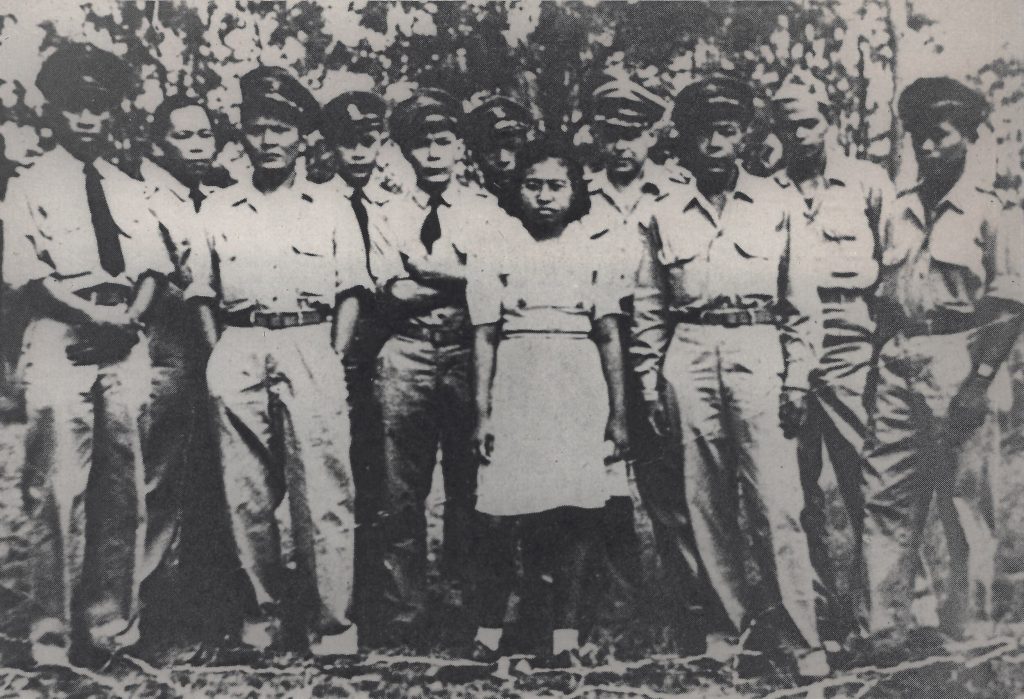
From left to right: Nahuwae, soldier Sagrang, soldier Soeha (Soendan), soldier Guus de Mey, sergeant M.Ch. Kokkelink, soldier P.P. de Kock, Coosje Ayal-Nahuwae, fourier A.J.C. Beaufort, Private R. Jaquard, Private L. Attinger and Private Sandiman.
For his extraordinary courage and perseverance, Kokkelink was knighted at Camp Columbia in Brisbane on April 12, 1945. His commendation highlighted his decisive actions, perseverance, and skill during the Japanese occupation, emphasizing the “indescribable difficulties and hardships” he faced.
Kokkelink’s story is one of resilience, sacrifice, and unwavering determination in the face of adversity. His legacy lives on as a testament to the human spirit’s capacity to endure and resist against overwhelming odds.
Dutch flag of the Garrison of Manokwari, 1942-1945.
The flag consists of three stripes, a red and blue wool strip and a white cotton strip. The white strip is described with the names of the 17 surviving resistance fighters. The flag is often named after KNIL sergeant Maurits Christiaan Kokkelink.
The flag is part of the permanent exhibition ‘The Story of Indie’ at the Colonial Museum Bronbeek, Arnhem.
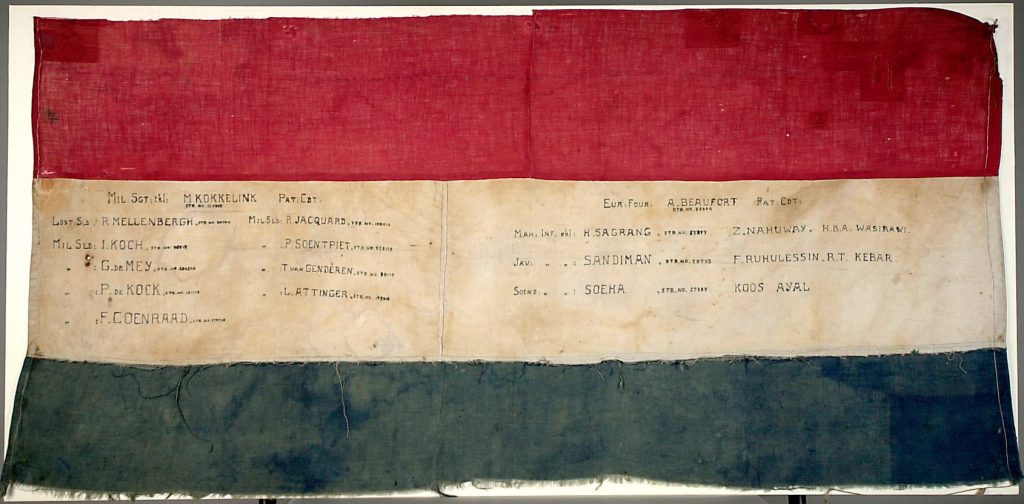
Celebrations at Camp Columbia 6 August 1945
The following pictures are from the archives of the Royal Netherlands Army.
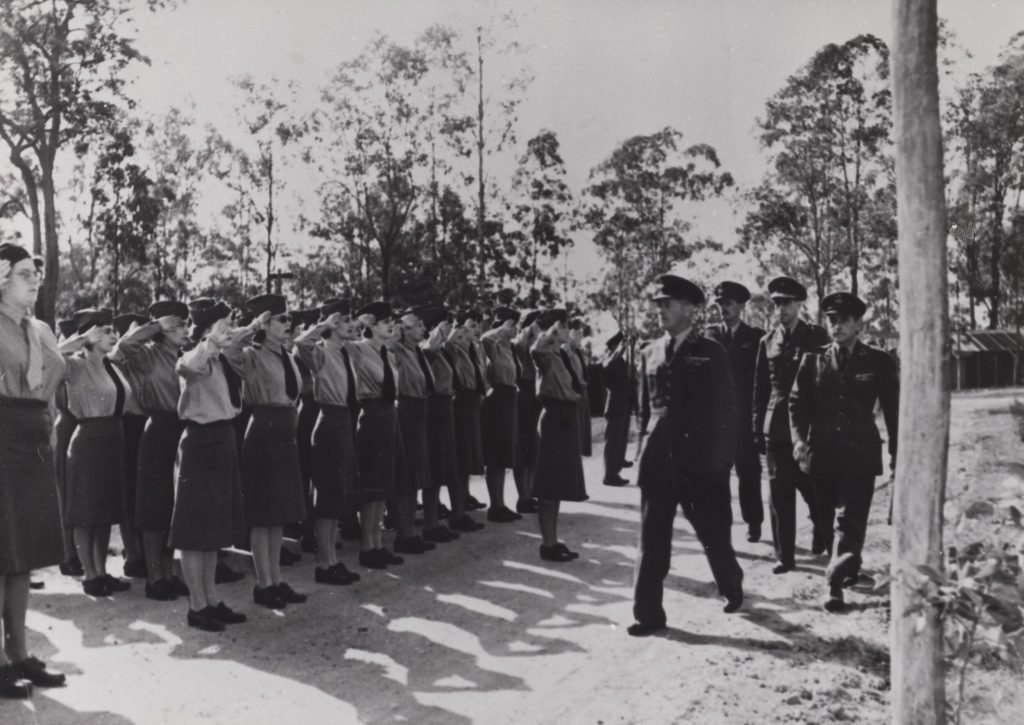
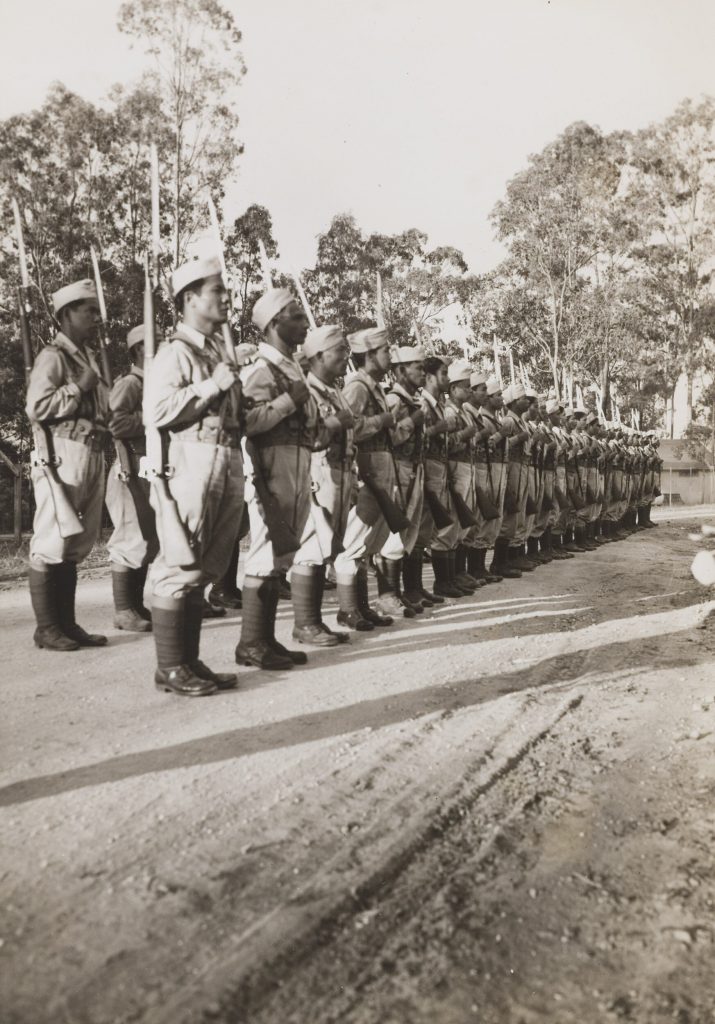
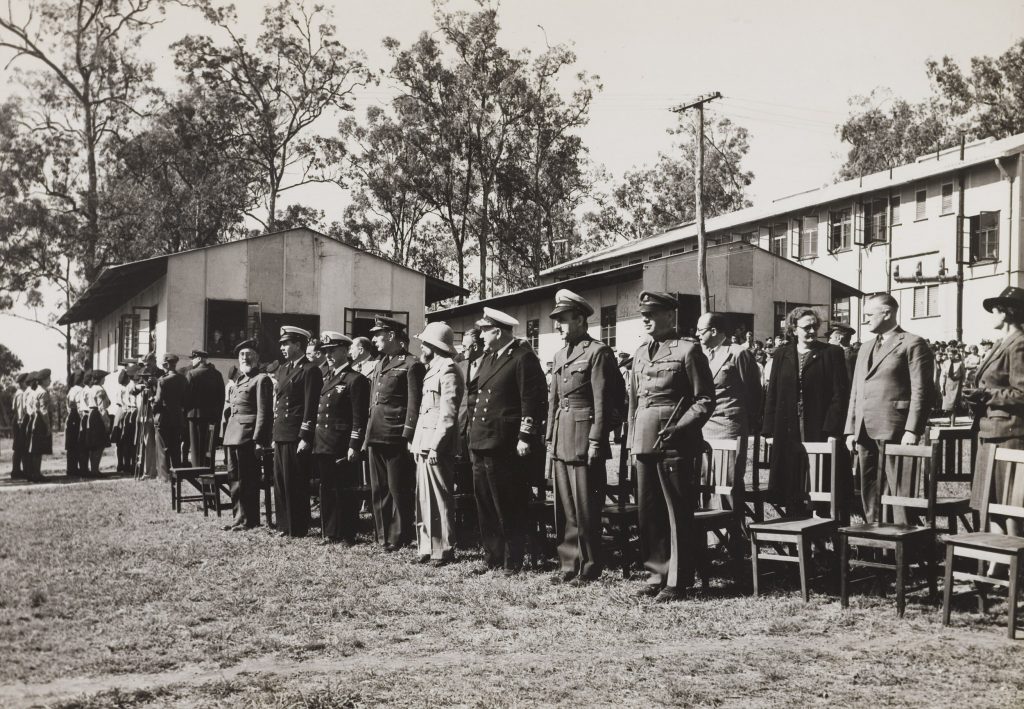
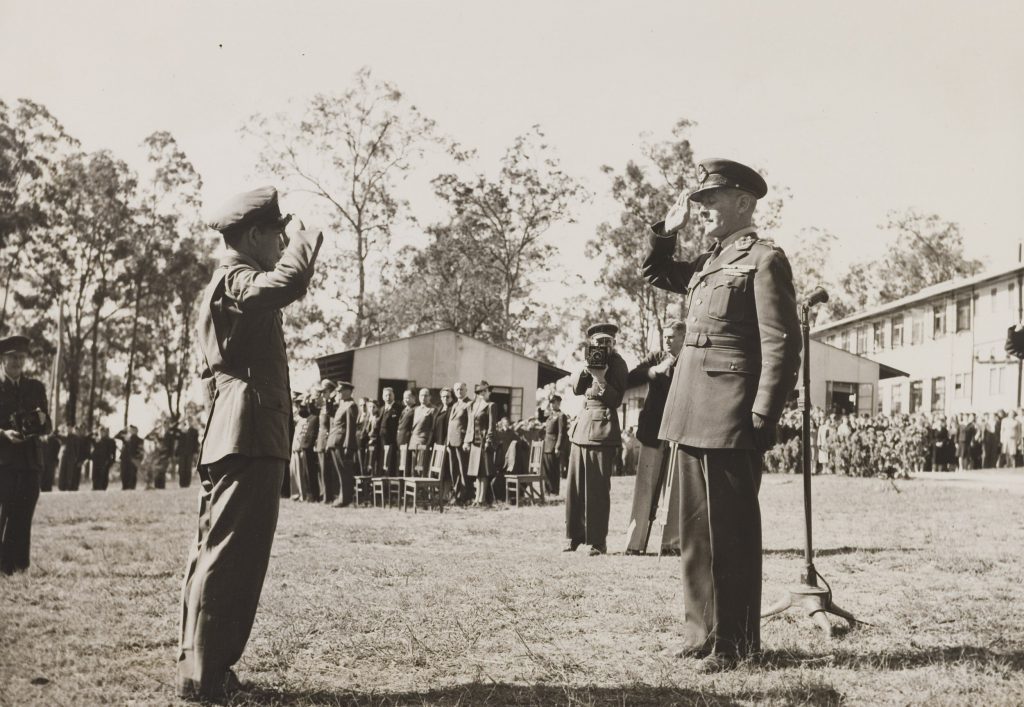
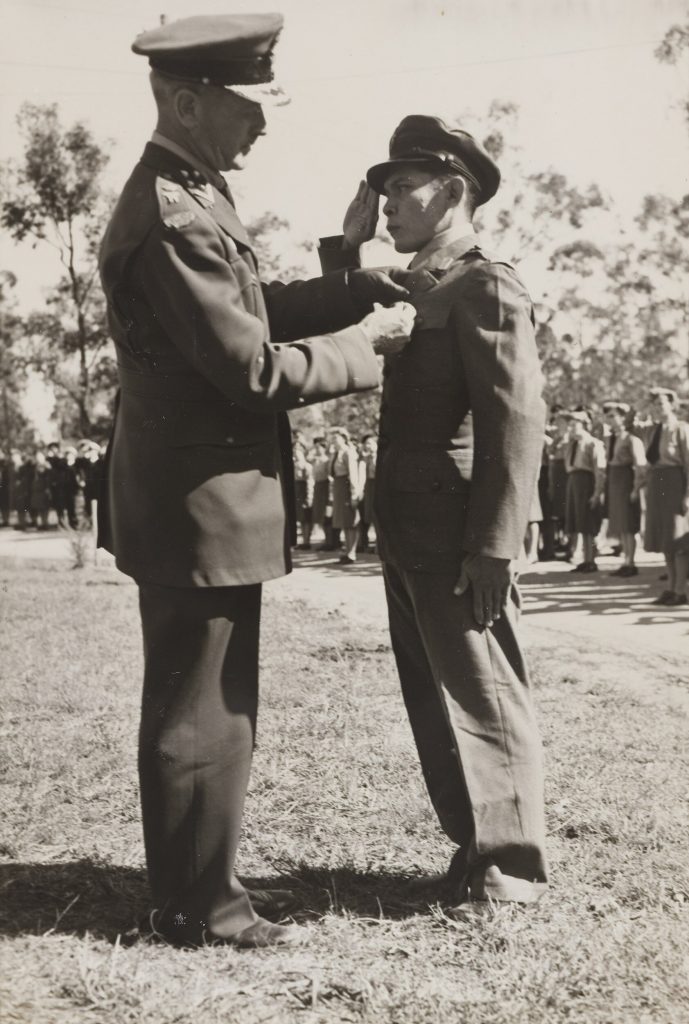

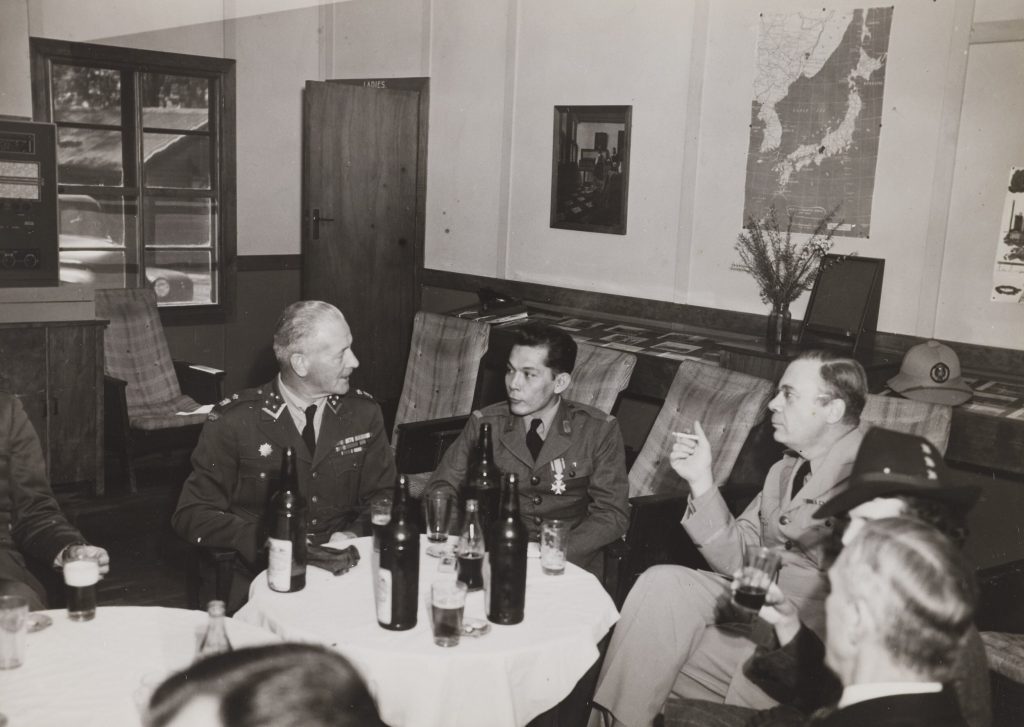
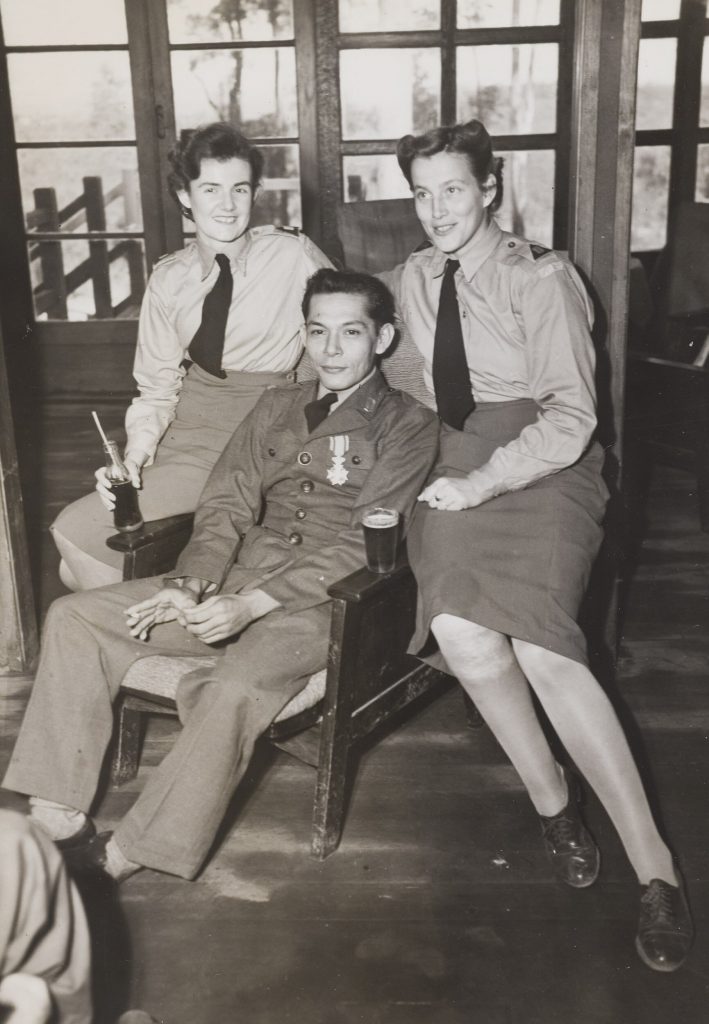
Translation of the Royal Degree
Wij vochten in het bos. We fought in the jungle
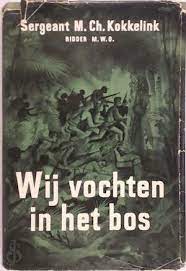
The book translated bij Dutch-Australian Henri Licht which contains the memoires of Kokkelink
We fought in the jungle: my guerrilla struggle in New Guinea in the Second World War is an extraordinary story of courage, ferocity, and the determination to fight and evade the Japanese in West Papua from April 1942 until the dramatic and devastating arrival of MacArthur’s US-Australian taskforces in April 1944. In the beginning there were 62 men, a teenage-girl and her aunt; thirty months later when they made contact with a Dutch-military search party there were just fourteen men, the girl (Coosje Ayal) and her uncle. See: We fought in the jungle
See also:
